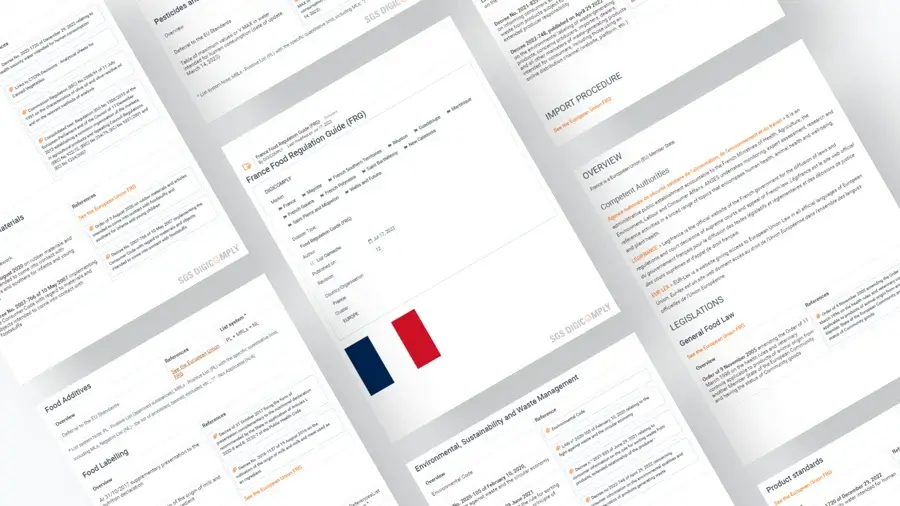What is Environmental Protection Administration (EPA)
The Environmental Protection Administration (EPA) is a pivotal regulatory body in the United States, established in 1970 to address environmental issues affecting public health and the ecosystem. The agency's primary mission is to protect human health and the environment by enforcing regulations based on laws passed by Congress. The EPA plays a vital role in overseeing various environmental matters, including air quality, water quality, hazardous waste management, and chemical safety.
The agency develops and enforces regulations that impact a wide array of industries, including the food industry. This article delves into the various ways in which the EPA influences food production practices and the broader implications for public health, the environment, and industry standards.
Regulatory Framework and Standards
The EPA operates under several key legislations that guide its regulatory framework, including the Clean Air Act, Clean Water Act, and the Federal Insecticide, Fungicide, and Rodenticide Act (FIFRA). These laws set the standards that food production facilities must adhere to in order to minimize their environmental footprint and ensure food safety.
- Clean Air Act: Regulates emissions of harmful pollutants from agricultural operations, ensuring that air quality standards are met.
- Clean Water Act: Controls water pollution from agricultural runoff, a significant concern for preventing contamination of water supplies.
- FIFRA: Governs the use of pesticides in food production, ensuring that chemicals used are safe for human consumption and the environment.
Impact on Food Production Practices
The EPA's regulations have a substantial impact on food production practices, pushing the industry towards more sustainable and environmentally-friendly methods. Below are several key areas where the EPA's influence is particularly notable:
1. Sustainable Agricultural Practices
Through the promotion of practices such as Integrated Pest Management (IPM), the EPA encourages farmers to adopt sustainable approaches that minimize chemical use, thereby reducing environmental harm. IPM combines biological, cultural, physical, and chemical tools to manage pests with the least possible hazard to people, property, and the environment.
2. Water Management
The agency's initiatives to control agricultural runoff have led to the implementation of best management practices (BMPs). These practices help in reducing nutrient loading and sedimentation in water bodies, thus protecting aquatic ecosystems and ensuring clean water for food production.
3. Chemical Safety and Regulation
The EPA evaluates the safety of chemicals used in food production, including fertilizers and pesticides. This ensures that any substances applied to crops meet safety standards, thus protecting consumers from potentially harmful residues. The stringent review process fosters innovation in the industry, pushing for safer alternatives and organic farming methods.
Public Health Implications
By regulating the food industry, the EPA indirectly influences public health. The agency's efforts to ensure clean air and water, alongside the safe use of chemicals, contribute to a healthier food supply. This is particularly important considering the growing concerns regarding foodborne illnesses and environmental contaminants.
Moreover, the EPA's focus on reducing greenhouse gas emissions from agricultural practices aligns with broader public health goals, as climate change poses significant threats to health, food security, and nutrition.
Challenges and Future Directions
Despite the positive impacts of the EPA's regulations, challenges remain. The food industry often faces the delicate balance of meeting regulatory requirements while maintaining profitability and productivity. Additionally, the ongoing evolution of science and technology necessitates that the EPA continuously adapt its regulations to address new agricultural practices and emerging risks.
- Adaptation to Climate Change: The food industry must evolve in response to climate impacts, and the EPA will need to develop regulations that support sustainable adaptation strategies.
- Public Engagement: Increasing public awareness about environmental issues related to food production will necessitate greater transparency and communication from both the EPA and the food industry.
- Innovation in Practices: Encouraging the adoption of innovative technologies and practices that enhance sustainability while ensuring compliance with regulations will be crucial.
Conclusion
The Environmental Protection Administration (EPA) plays a significant role in shaping the practices of the food industry through its comprehensive regulatory framework. By promoting sustainable practices, ensuring chemical safety, and safeguarding public health, the EPA not only protects the environment but also contributes to the overall integrity of the food supply chain. As environmental challenges continue to evolve, the agency's proactive stance will be essential in guiding the food industry towards a more sustainable future.





